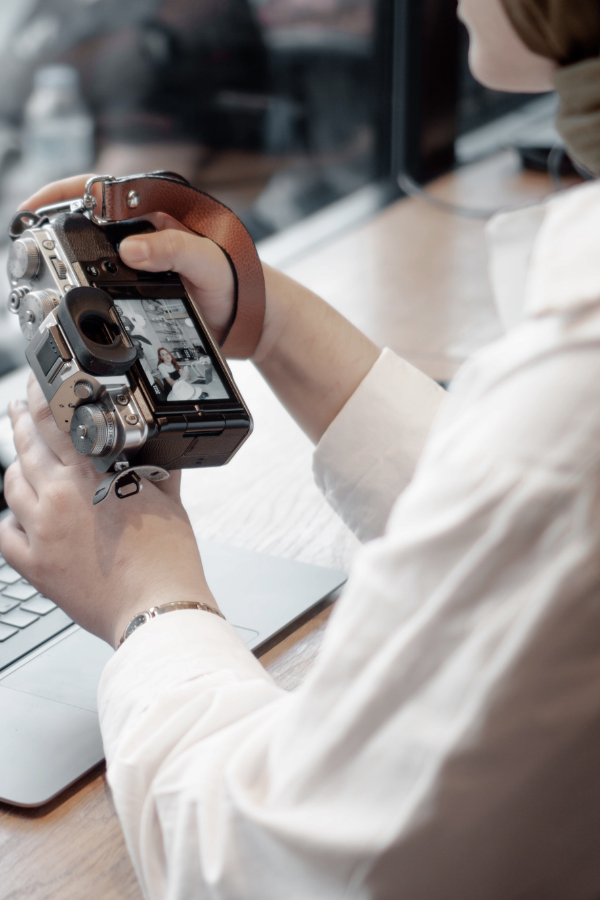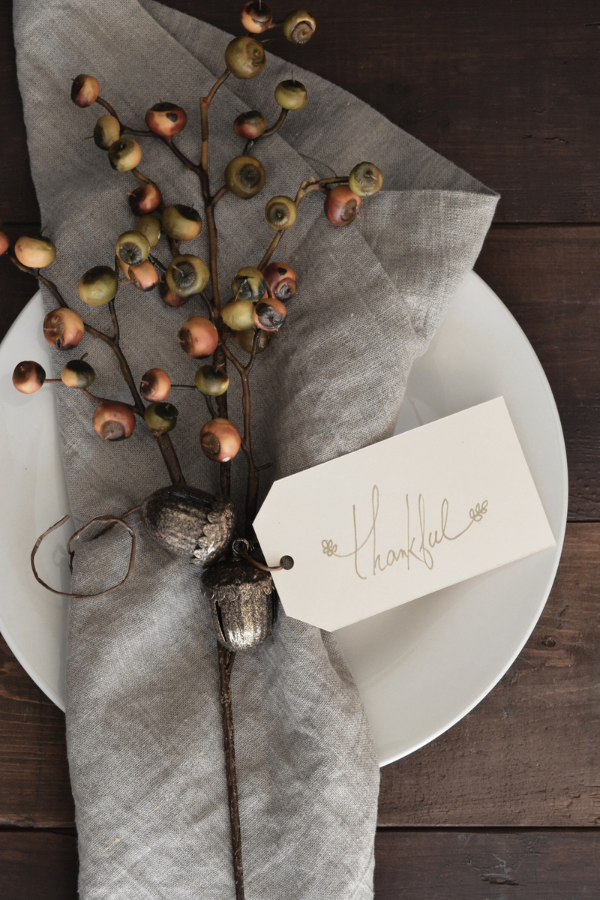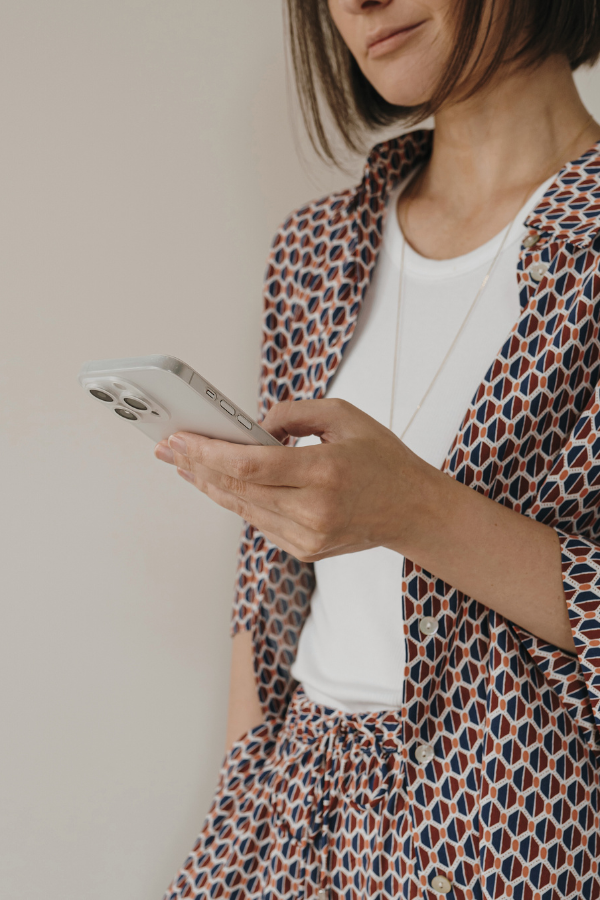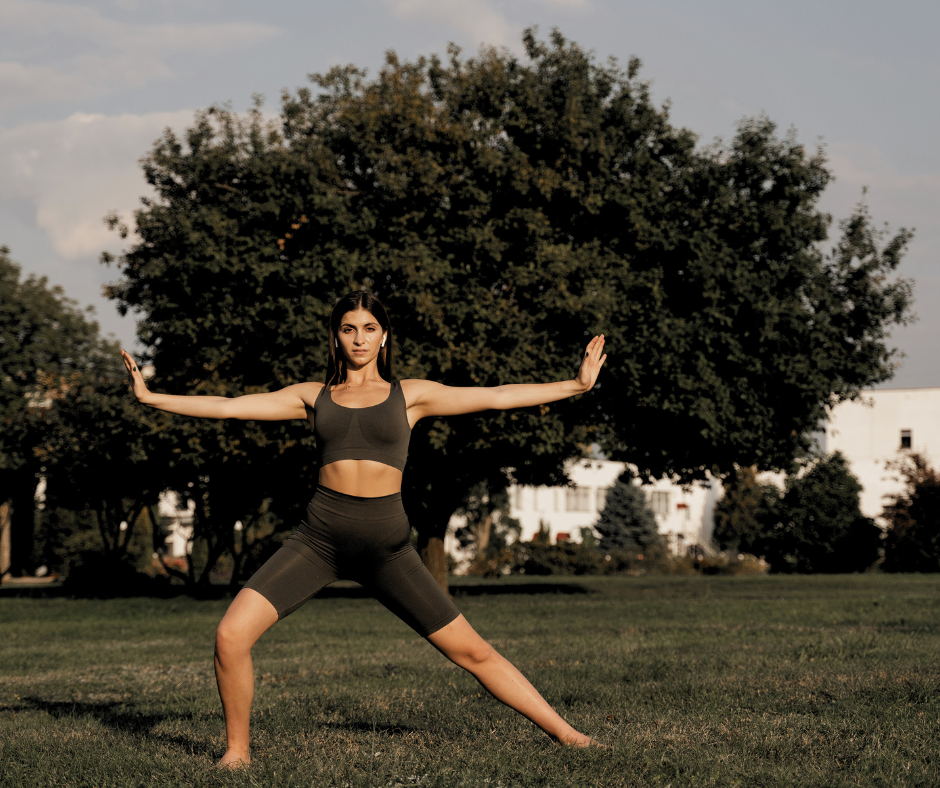
Do Personality Tests Actually Help You Hire Design Firm Employees?
Summary
Personality and strengths assessments like CliftonStrengths, Enneagram, or BIRDS can give design firm owners language to describe how candidates think, decide, and handle stress. They aren’t predictors of success or culture fit, but they can highlight blind spots in interviews and guide how you support new hires once they’re in. The smartest firms use them as context not commandments and rely on collaboration, curiosity, and lived interaction to confirm the right fit.
Reflection Questions
How much weight do you currently give to instinct versus data when deciding whom to hire?
When you’ve made a great hire in the past, what signals told you they’d fit your culture—and could a test have revealed those earlier?
How might you use assessments not just to hire better, but to manage and support your team once they’re on board?
Journal Prompt
Think back to a time when a new hire surprised you, for better or worse. What early clues did you miss, and what would a personality or strengths assessment have shown you about that person’s style, pace, or resilience? Write about how you’d interpret those clues differently now and what you’d change in your next interview cycle.
You finish a promising interview and sit with all the little questions whose answers wouldn’t be revealed in a résumé. Will this person steady a tense client meeting or inflame it? Do they take action when a project stalls or wait for direction? The studio is busy and you would like a clearer signal as to whether this person truly is right for the job. Design firms are dynamic and every decision feels important, time-sensitive, and reflective of you—the owner! Someone suggests a test. CliftonStrengths. Enneagram. Maybe the bird one your senior designer swears by. The idea is tempting, but is there any value there? Do personality or strengths tests actually help you hire design firm employees or is there no there there?

Why Firm Owners Reach For Personality Tests
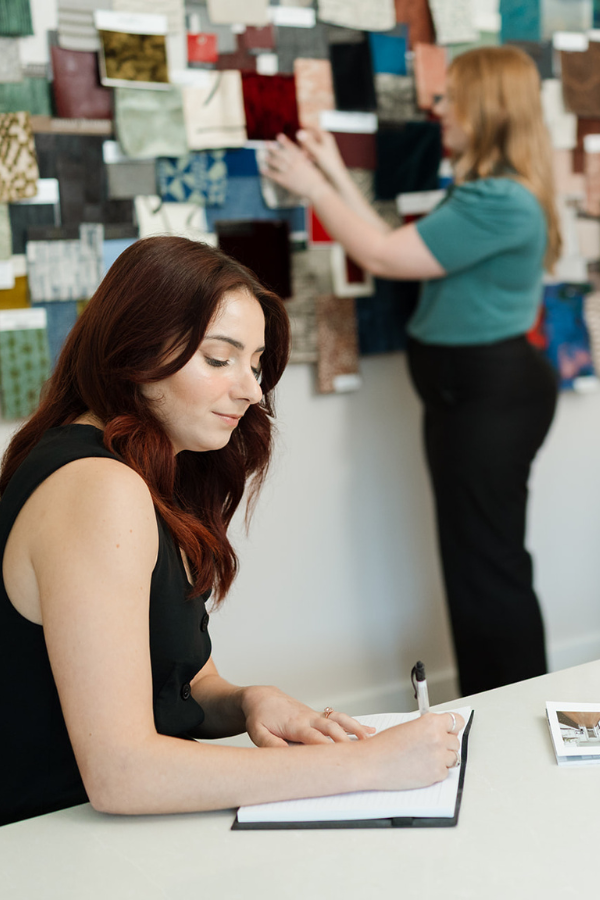
Interviews can certainly charm you. Portfolios can distract you. In a small studio, one person changes the dynamic of the whole place, so it’s natural to reach for a framework that promises a little more clarity. Of course, your goal is never to sort people into neat boxes but to check whether their natural habits support the work you actually do. That is how Lorna Gross explained it at High Point in 2023.
“Basically, it’s a tool that helps us assess the strengths of a candidate [as far as] the role and the culture of the company.”
She is not shopping for a type. She is looking for evidence that a candidate will hold up under pressure when a client moves the goalposts or a vendor misses a date.
Lorna is specific about what matters in her world. “For me what I’m looking for out of 34 strengths is I need to be able to see that this person is a high achiever in their top seven. If it’s a designer, I need to see that they’re able to build relationships in their top seven, and also that they have the ability to adapt because in our profession things are constantly changing, right.” That list is not theory but a short hand for how projects will survive eventual friction in the hands of your new team member.
Fuel your creative fire & be a part of a supportive community that values how you love to live.
subscribe to our newsletter
*please check your Spam folder for the latest DesignDash Magazine issue immediately after subscription

There is another piece of the puzzle she mentioned that will feel familiar if you hire often. “Sometimes you’re loving the person in the interview and then you look and you’re like ‘oh, wait a minute.’ That’s kind of the tool that I can use to get an honest assessment of if this person is going to be successful or not.” In other words, the report is a pause button. Not a denial.
What Personality Tests Can Actually Help You See
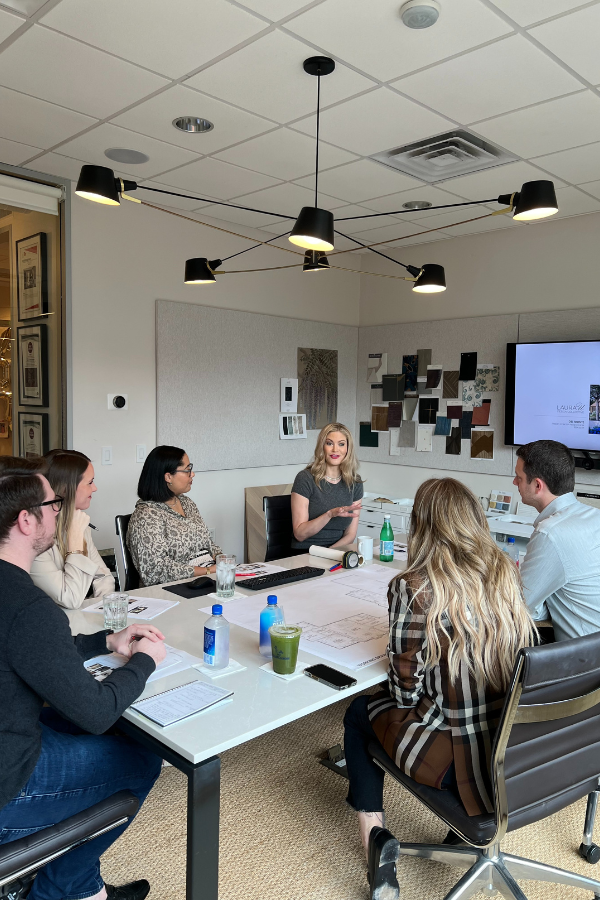
Most of the time, a personality test doesn’t tell you who to hire. It tells you what to look for next. That’s the distinction many firm owners miss; they tend to over-attribute or over-emphasize the results of these tests.
Tests like CliftonStrengths or the Enneagram don’t predict talent or guarantee chemistry. What they do offer, if you know how to read them, is language for patterns you already sense but can’t quite name. You might learn that a candidate’s “Achiever” or “Activator” tendency means they’ll thrive when deadlines pile up but struggle when a project stalls without structure. You might realize someone high in “Harmony” will smooth client tensions but hesitate to confront internal conflict. None of that is absolute. It’s context. It tells you how to support, not just whether to hire.
In a design firm where collaboration is emotional and the work pivots between creative and logistical, that context matters a lot. A strengths profile can point to why one designer stays calm during a delayed install while another spirals. It can flag who needs more clarity before a presentation and who will find their footing mid-chaos.
The best use of these tools isn’t to filter candidates out; it’s to help you understand how they think, decide, and recharge once they’re in. It’s a map of working energy. And when you’re leading a small team where one person’s stress can ripple through the studio, that map helps you set expectations before everyone is overwhelmed.
The Limits of Labels

For Morgan Farrow, the system is less about science and more about self-awareness. “When I said sunshine and rainbows, I’m not a great interviewer. I just love them!” she said, laughing. Her firm has dabbled in the Enneagram, but not religiously.
“We do use the Enneagram, which is an interesting method but it’s so complex. I can never remember.” What matters more is how the team discusses the results together. “We send it through the team, and then obviously, I have the last say. But I don’t lean into my own self.”
It’s a window, not a wall. Think of it as something to spark a conversation, then move on.
At Laura Umansky’s firm, they do something similar. “We also use the BIRDS finder. It’s a test that tells you what your personality is like, and we know in specific roles which personality where,” she said. “We know that if you have this specific personality and we’re hiring for a designer, then you are probably not going to be a fit with our culture. That’s not the only thing that dictates our hirings.”
That’s the balance here; gather helpful data, but never let those test results be the decider.
What Matters More
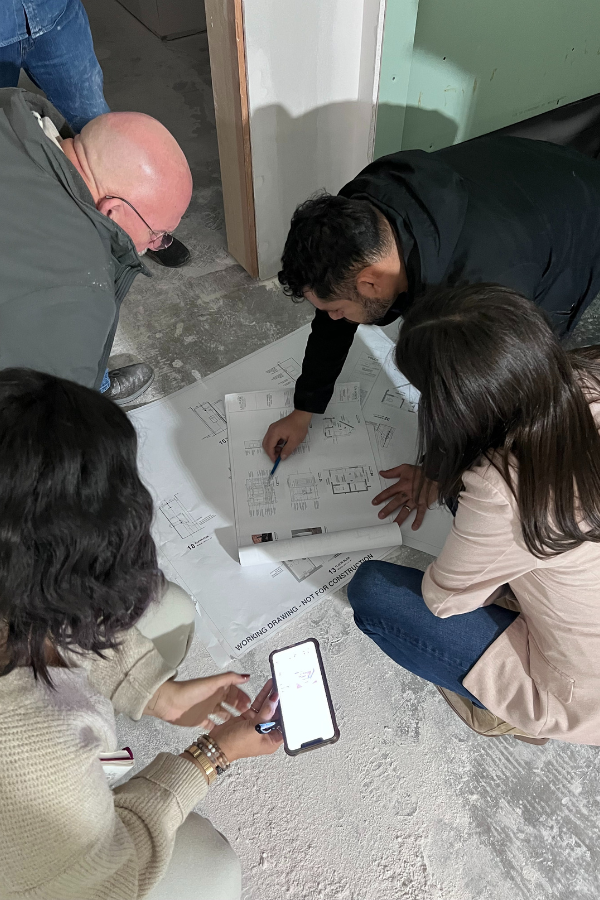
In truth, the most accurate measure of fit is still how a person works among your people. Bryan Yates puts early interviews in the hands of the team.
“They form their own questions, and I want them to really engage with them and see if they fit because they’re the ones that are getting to really be in the weeds with them.”
It’s an old truth dressed in modern tools: people show who they are when they’re around the ones doing the work. Used well, assessments can sharpen your instincts, giving you language for the traits that matter to you as you hire: drive.
Maybe the better question isn’t should you use a test, but how should you weigh the results? Let the data pique your curiosity, not inform your decision. And when in doubt, hire the human you’d trust on install day, when the client is watching, and the stone slab arrives all wrong.
That’s the real test anyway.
Written by the DesignDash Editorial Team
Our contributors include experienced designers, firm owners, design writers, and other industry professionals. If you’re interested in submitting your work or collaborating, please reach out to our Editor-in-Chief at editor@designdash.com.



